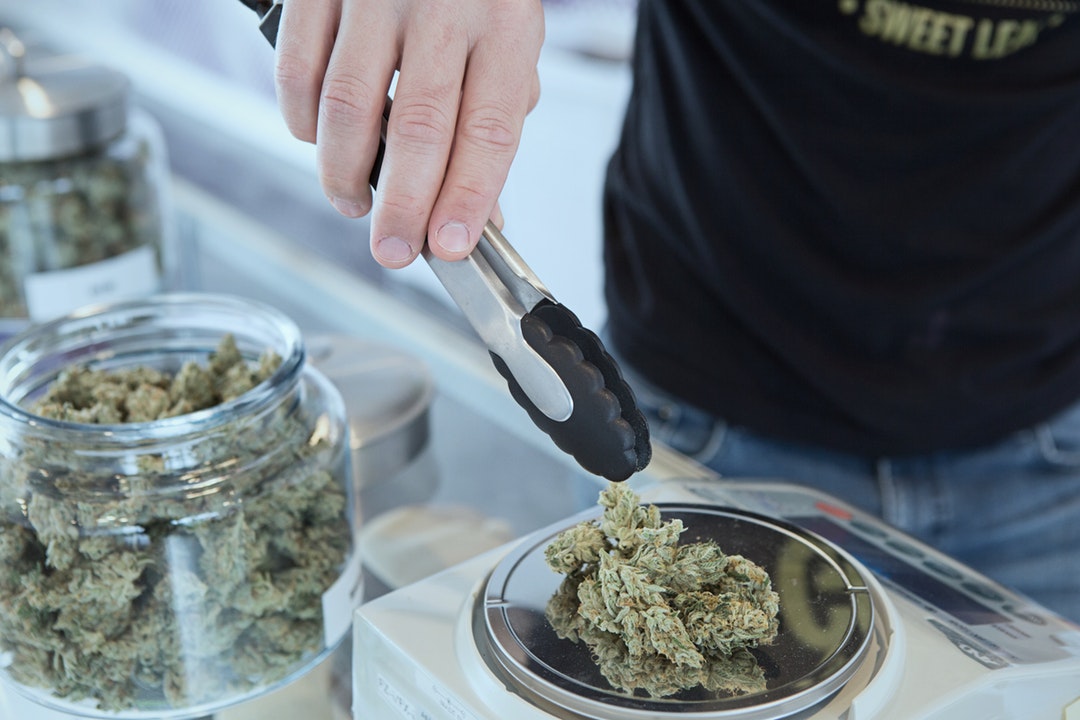Maintaining safety in a gun range is about more than making sure that visitors wear protective glasses and protective ear and head gear. There is so much more that goes into it, like preventing lead poisoning and ensuring proper ventilation.
However, it’s quite a large task. It normally requires help from a professional maintenance service to keep workers and visitors safe from incidents at the gun range.
With it said, below are some ways to maintain a gun range.
Lead Poisoning at a Gun Range
A number of dangerous compounds are emitted when a gun is fired, no matter the type of gun or size of the bullet. Because of the speed of a fired gun and the substances in gun mechanisms, fire residue can contain the following:
- Smoke
- Carbon Monoxide
- Dust from lead
- Unburned Propellant
Lead poisoning is a serious health threat for individuals who use an indoor gun range. Lead poisoning is one of the major health concerns that could be fatal when it comes to indoor ranges. Therefore they must have accurate ventilation to draw away lead dust and collect it in area where it can be disposed of.
The smoke that’s dispersed from a fire gun also creates an issue in a gun range. The smoke itself causes a health risk, and it minimizes target visibility. That means that it could potentially become a hazard if the firearm is not shot in the right direction. It could potentially hit another person.
There are numerous hazards that present themselves at gun ranges. But by having the proper ventilation and other safety measures in place, should significantly reduce the chance of an accident occurring
Ventilating a Gun Range
Firing ranges that operate indoors must adhere to specific health and safety guidelines for the staff members and the visitors. There are key areas that need particular attention when it comes to ventilation and the firing line. The firing line needs even airflow from the ground to the ceiling.
There shouldn’t be any rotating air that causes contaminants to get swept up. Therefore, gun range should use full cross-sectional grills or air diffusers or right at the firing line to improve ventilation.
As far as the gun range itself, it’s imperative that negative air pressure is maintained at all times. Having negative air pressure ensures that particles and contamination are pulled down the gun range in the opposite direction of the firing line so that it can be filtered through a ventilation system.
To get negative air pressure, oversized exhaust fans are needed or a smart ventilation system can do the job as well. No matter which system is used, it’s vital to have a professional team of engineers come out and provide routine maintenance and cleaning.
Speaking of professional maintenance, check out http://www.hcienv.com/services/shooting-range.asp to learn more about it.
Heath, Safety, and Compliance
Gun range operators need to be sure that they are in compliance legally. The best way to do that is to hire inspectors to come out and ensure that everything is going smoothly and it’s up to par. Taking this step can prevent incidents from occurring that could inevitably lead to fatalities, losses, and have a problems.
Gun Range Maintenance for Outdoor Shooting
The best practice manual contains information on lead handling at gun ranges for owners and operators of outdoor rifles, pistols, traps, skeets and sporting clay ranges. The manual describes how environmental laws relate to lead management and provides the shooting range organization with a variety of effective best management practices.
It has been shown that these activities successfully eliminate lead pollution. Because both the nature of shooting operation and its environmental setting render each range special, site-specific solutions are not given in the manual.
Instead, the manual can be used by range owners or managers to define and choose the most acceptable best management practices for their gun range. The manual does not discuss the architecture or design of the gun range to satisfy the criteria for range safety or competitiveness.
Range owners and operators from the National Rifle Association of America, National Shooting Sports Foundation, and other shooting organizations are led to other detailed materials available on the subject.
Best Gun Range Maintenance Practice
A Best Management Practice, or BMP, is a suggested practice for site management and/or upkeep, typically based on a methodology that has been proven to perform efficiently for the intended purpose. The use of widely available equipment and technologies is the basis of best business practice.
Best management practices for outdoor shooting ranges, for instance, are techniques that range owners and operators may use to reduce the environmental effects of lead. In some cases, lead at outdoor shooting ranges can pose a hazard to the environment if best management practices, including recovery and recycling, are not enforced in a reasonable time.
The Advantages of Best Management Practice
The introduction of best management practices will allow the range to mitigate pollution of the range and possible impacts on human health and the environment, reduce responsibility for prospective agency or resident litigation, financially benefit from lead recycling, and improve its position as a good community member and environmental steward.
Understanding Gun Range Maintenance
Gun range maintenance is no easy task. There are so many variables that contribute to whether or not a gun range is safe. Not only do owners and operators have to worry about making sure that bullets don’t fly and hit another person, but that workers and visitors are healthy and safe.
Hiring a gun range maintenance company is your best defense against mishaps. The repercussions of a hazardous incident aren’t worth the repercussions that follow it. So do what’s required on the front end.
If this information was helpful, don’t hesitate to read more of our blog. We publish tons of content for you to read and enjoy.

